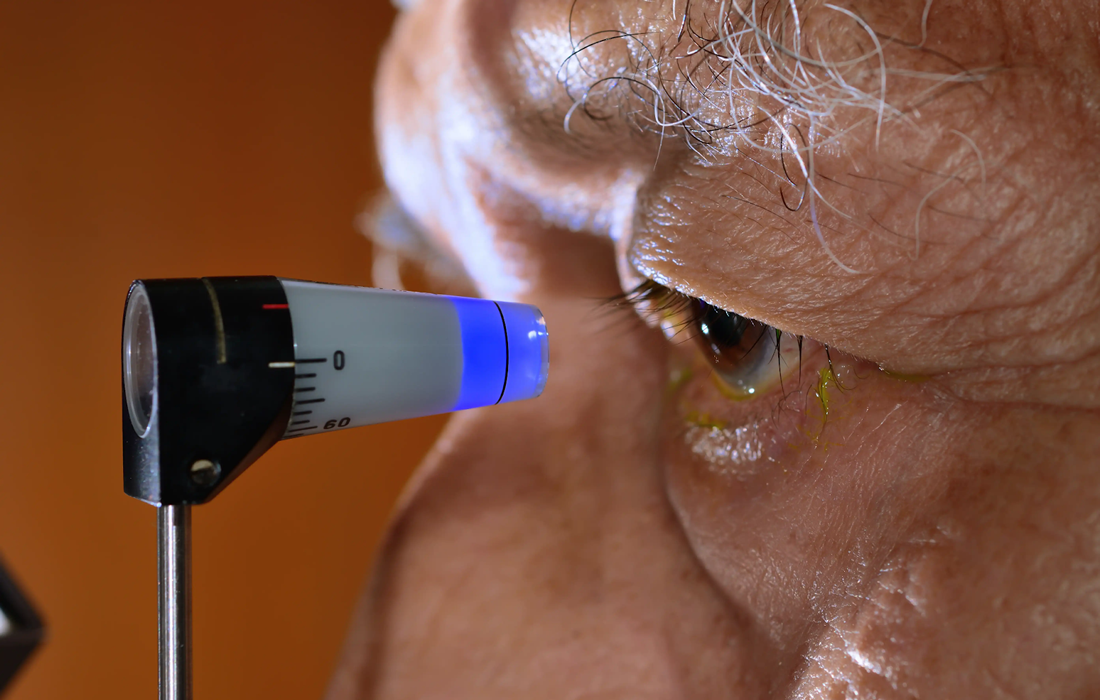Regenerative Medicine News and General Information
Stem Cell Therapy as a Potential Treatment for Glaucoma
What is Glaucoma?
Glaucoma is a group of eye conditions that damage the optic nerve, the health of which is vital for good vision. This damage is often caused by an abnormally high pressure in your eye.
Glaucoma is one of the leading causes of blindness for people over the age of 60. It can occur at any age but is more common in older adults. Many forms of glaucoma have no warning signs. The effect is so gradual that you may not notice a change in vision until the condition is at an advanced stage.
What are Common Symptoms?
The signs and symptoms can vary depending on the type and stage of the condition. For example, for open angle glaucoma they can include:
- Patchy blind spots in the peripheral area or central vision, frequently in both eyes.
- Tunnel vision in the advanced stages.
In acute angle-closure glaucoma they can include:
- Severe headache.
- Eye pain.
- Nausea and vomiting.
- Blurred vision.
- Halos around lights.
What Causes Glaucoma?
Glaucoma is the result of damage to the optic nerve. The exact cause of why the condition happens is not fully understood. Elevated eye pressure is due to a buildup of a fluid called aqueous humor that flows throughout the inside of your eye. This fluid normally drains at the angle where the iris and the cornea meet, in the trabecular meshwork. When fluid is overproduced or the drainage is not happening correctly, the fluid can’t flow normally and eye pressure increases.
Current Treatment Options
The damage caused by glaucoma is not reversible. But treatment and regular checkups can help slow the progression or prevent vision loss. It is treated by lowering the eye pressure. This could include eye drops, oral medications, laser treatment, surgery or a combination of these.
New Study Evaluating Stem Cell Therapy
The Oregon Health & Science University is part of a national research project investigating stem cell therapy as a potential treatment for glaucoma, the world’s second leading cause of blindness, just after cataracts.
The project is studying human stem cells that are made into retinal ganglion cells, neurons involved in sight that are damaged by glaucoma. They will transplant the cells into an animal model of glaucoma.
Barriers to making this potential treatment work include successfully transplanting the cells as well as enabling the transplanted cells to avoid rejection by the immune system and to form connections in both the eye and the brain. The research team will specifically explore ways to make the stem cell-derived neurons survive and better integrate into the eye.
If the study is successful it could be a start for future human clinical trials, which could represent an incredible treatment option for a condition that can potentially cause blindness in up to 5% of the patients that have it, and that up to 10% of them will have some type of visual impairment.
Sources:
Emily Henderson, B.Sc. (2021, Oct 29). New project investigates stem cell therapy as a potential treatment for glaucoma. News Medical Life Sciences. Retrieved from:
https://www.news-medical.net/news/20211029/New-project-investigates-stem-cell-therapy-as-a-potential-treatment-for-glaucoma.aspx
https://www.mayoclinic.org/diseases-conditions/glaucoma/symptoms-causes/syc-20372839
https://www.glaucoma.org/treatment/understand-your-glaucoma-diagnosis.php
Image from:
https://www.aao.org/eye-health/news/blindness-in-glaucoma-patients-decreases

